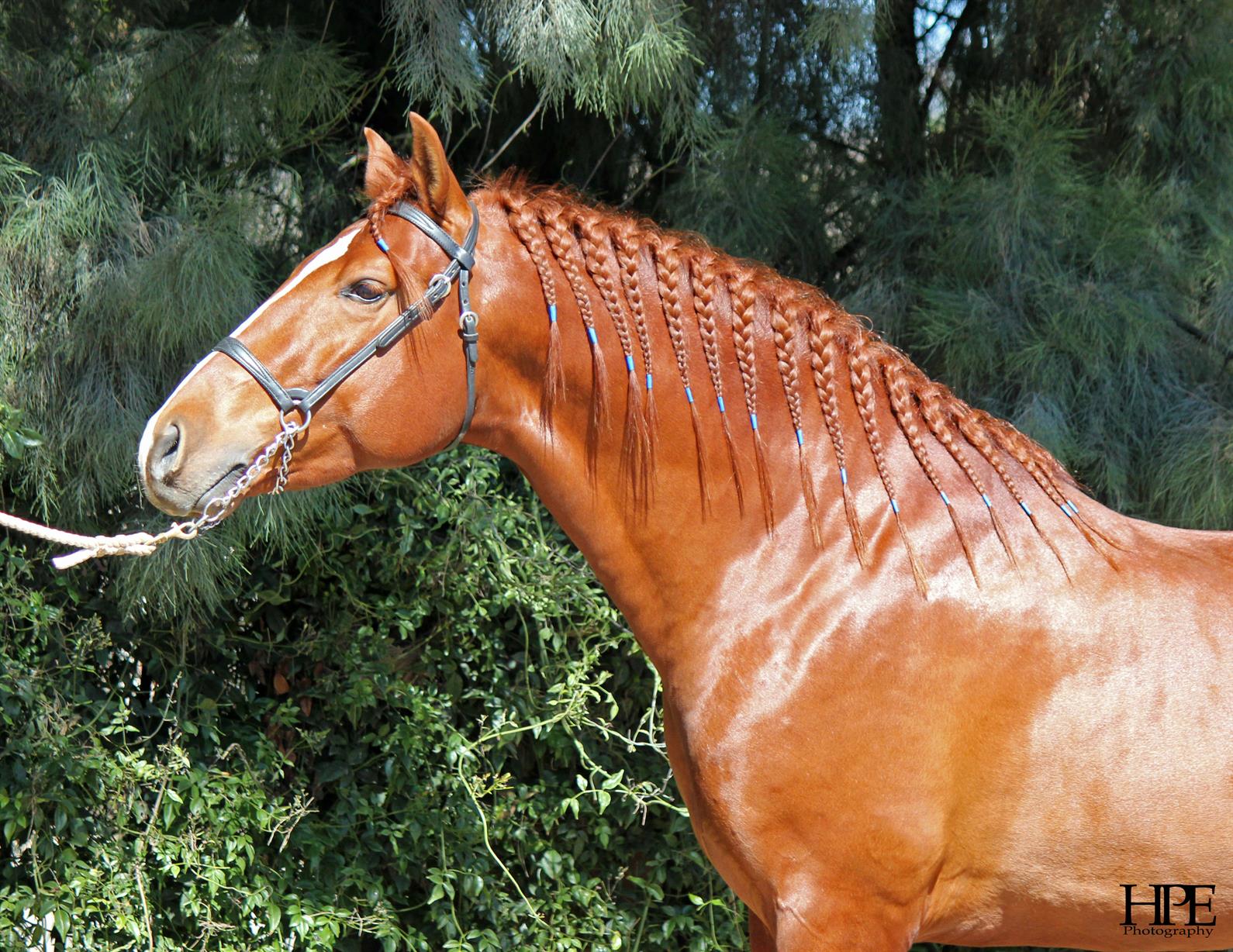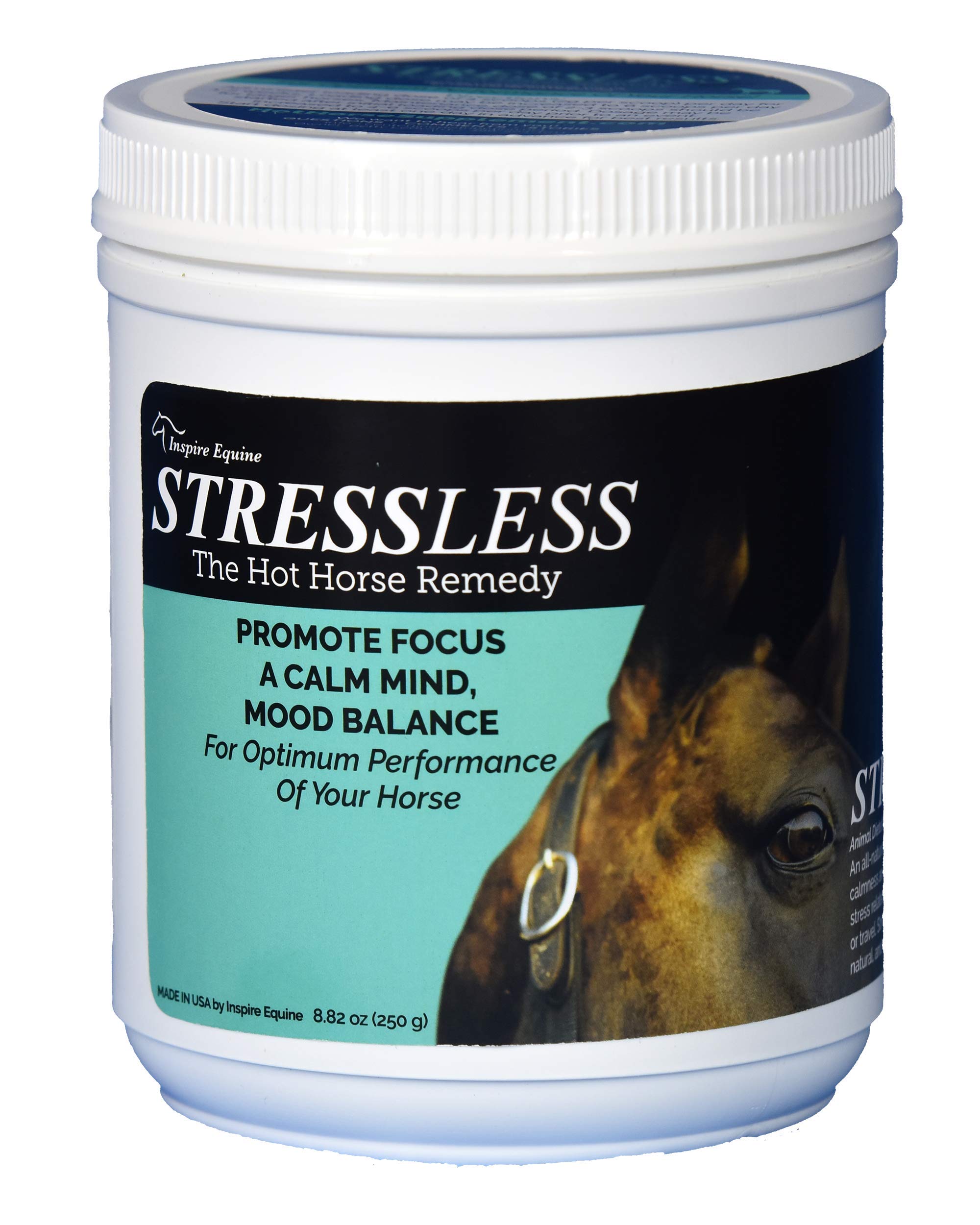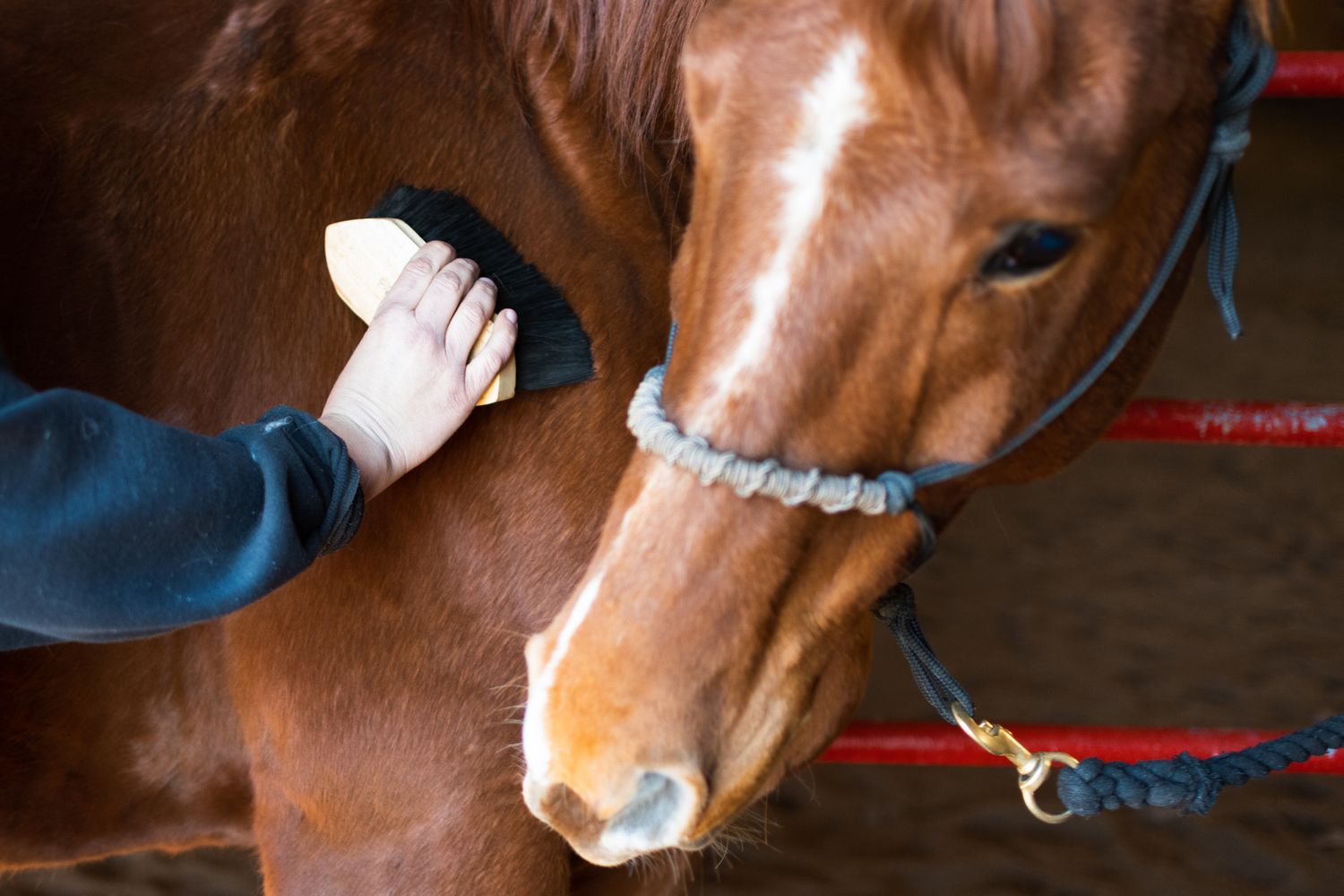Horses are magnificent creatures, and as horse owners, we want to ensure that they are healthy and well-groomed. One of the key aspects of a horse’s appearance is its mane. A long, flowing mane not only looks beautiful but also indicates the horse’s overall health and well-being. Growing and maintaining a horse’s mane requires care, patience, and the right techniques. In this article, we will explore the best practices for growing and maintaining a horse’s mane, from grooming routines to dietary considerations.
Understanding the Mane

Before delving into the techniques for growing and maintaining a horse’s mane, it’s important to understand the nature of a horse’s mane. The mane is the hair that grows from the top of the horse’s neck and can vary in length and thickness depending on the breed and individual characteristics of the horse. The mane serves both practical and aesthetic purposes, providing protection from the elements and adding to the horse’s overall appearance.
Types of Manes
There are various types of horse manes, including short, long, thick, thin, wavy, and straight. Each type requires different care and maintenance to ensure it grows and looks its best.
Factors Affecting Mane Growth
Several factors can affect a horse’s mane growth, including genetics, nutrition, grooming practices, and overall health. Understanding these factors is crucial in developing a plan to promote healthy mane growth.
Nutrition for Mane Health

Proper nutrition plays a vital role in promoting healthy mane growth in horses. A well-balanced diet rich in essential nutrients is essential for maintaining strong, lustrous manes. Nutrients such as protein, biotin, zinc, and omega-3 fatty acids are particularly important for promoting healthy hair growth.
Key Nutrients for Mane Growth
Protein is the building block of hair and is essential for maintaining strong and healthy manes. Biotin, a B-vitamin, is known for its role in promoting hair growth and improving the overall condition of the mane. Zinc is important for maintaining the health of the hair follicles, while omega-3 fatty acids contribute to the overall shine and luster of the mane.
Feeding Guidelines
Ensuring that your horse’s diet is well-balanced and includes the necessary nutrients for mane health is crucial. Consult with a veterinarian or equine nutritionist to develop a feeding plan that meets your horse’s specific nutritional needs.
Grooming Practices

Regular grooming is essential for maintaining a healthy and attractive mane. Proper grooming not only keeps the mane clean and free of tangles but also stimulates blood flow to the hair follicles, promoting growth.
Tools for Grooming
Invest in high-quality grooming tools, including a mane comb or brush, detangler spray, and a mane pulling comb. These tools will help you keep the mane clean and free of knots and tangles.
Grooming Routine
Develop a regular grooming routine that includes brushing or combing the mane to remove dirt and debris, applying a detangler to prevent knots, and gently pulling the mane to encourage growth and thickness. Be gentle and patient during the grooming process to avoid causing discomfort to the horse.
Protecting the Mane

In addition to proper nutrition and grooming, protecting the mane from damage and breakage is essential for promoting growth. Environmental factors, such as sun exposure, wind, and rain, can take a toll on the mane and lead to dryness and breakage.
Protective Mane Care
Consider using a mane hood or braiding the mane to protect it from the elements. Applying a leave-in conditioner or mane oil can also help keep the hair moisturized and prevent breakage.
Avoiding Mane Damage
Avoid using harsh grooming products or excessive heat when styling the mane, as these can cause damage and inhibit growth. Additionally, be mindful of any rubbing or scratching that may occur from ill-fitting tack, as this can lead to mane breakage.
Patience and Consistency

Growing a healthy and luscious mane takes time and patience. It’s important to be consistent with your grooming and maintenance practices and to give the mane the care it needs to thrive.
Setting Realistic Expectations
Understand that mane growth is a gradual process and that results may not be immediate. Setting realistic expectations and being consistent with your care routine will ultimately lead to a healthier and more beautiful mane.
Monitoring Progress
Keep track of the mane’s progress over time, noting any changes in length, thickness, or overall condition. This will help you adjust your care routine as needed and ensure that the mane continues to thrive.
If you’re interested in learning more about horse care and grooming, you might also want to explore our articles on how to trim horse hooves and how horse hooves work. Additionally, if you’re looking to enhance your equine styling skills, our piece on how to braid horse mane could be a valuable resource.
Conclusion

A horse’s mane is a defining feature that contributes to its beauty and overall appearance. By understanding the factors that influence mane growth and implementing proper nutrition, grooming, and protective practices, horse owners can promote healthy and luscious manes for their equine companions. With patience, consistency, and care, growing a stunning mane for your horse is achievable, enhancing both their physical well-being and their visual appeal.



